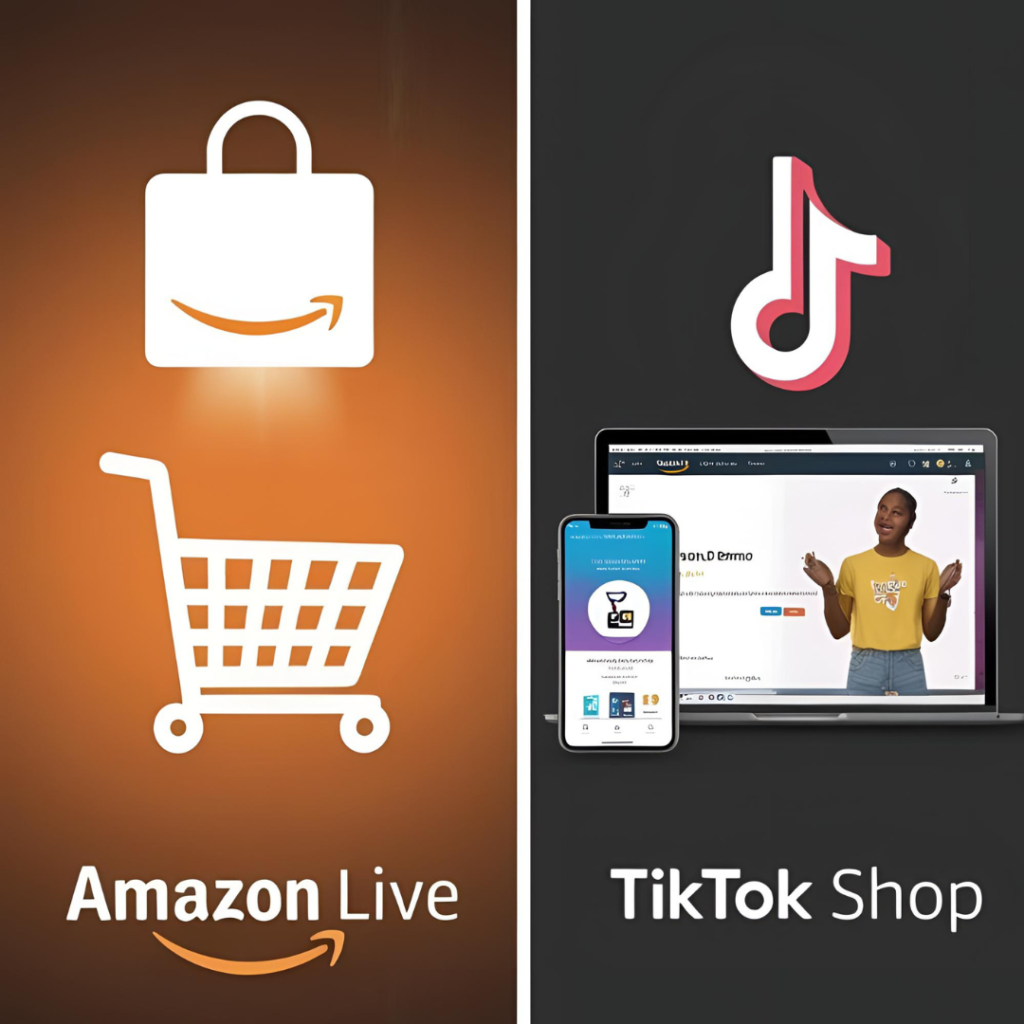What Does a Social Media Marketing Agency Do?
What Does a Social Media Marketing Agency Do? In the current digital environment, social media has emerged as a fundamental element of contemporary marketing approaches. A social media marketing agency is a dedicated firm that assists companies in maneuvering through the intricate realm of social platforms to enhance brand visibility, interact with audiences, and foster business expansion. These agencies merge creativity, strategy, and technical skills to convert social media channels into effective marketing instruments that yield measurable outcomes for their clients. Social media marketing agencies function as strategic allies for businesses ranging from startups to established Fortune 500 firms. They grasp the subtleties of various platforms, keep abreast of algorithm modifications, and know how to develop content that appeals to target demographics while accomplishing specific business aims. The Role of a Social Media Marketing Agency The role of a social media marketing agency goes well beyond merely sharing content on social platforms. These agencies operate as all-encompassing digital marketing collaborators that comprehend how social media integrates into the larger marketing framework. How social media agencies help businesses includes assisting businesses by formulating and executing strategic campaigns that resonate with business objectives. They evaluate target demographics, investigate competitors, and devise data-driven strategies that optimize return on investment. Agencies offer specialized insight into best practices unique to each platform, ensuring that content performs at its best across different social networks. Social media agencies also act as guardians of the brand, ensuring consistent messaging and visual identity throughout all platforms. They track brand mentions, respond to customer queries, and maintain reputation by professionally and promptly addressing both positive and negative feedback. Moreover, these agencies remain ahead of industry trends and platform changes, guaranteeing that their clients’ strategies are up-to-date and effective. They offer valuable insights through analytics and reporting, aiding businesses in understanding their social media performance and making informed choices about future campaigns. Essential Services Provided by Social Media Marketing Agencies The range of services offered by social media agency experts is extensive and customized to meet various business needs. Understanding these services enables businesses to identify which agency functionalities correspond with their specific requirements. The development of a Social Media Strategy serves as the cornerstone of all agency offerings. This entails conducting comprehensive market research, audience assessments, and competitor evaluations to create tailored strategies that produce results. Agencies design content calendars, posting timelines, and engagement strategies that align with business goals. Content Creation and Curation is a core service where agencies generate high-quality visual and written material. This includes graphic design, video production, copywriting, and photography that preserves brand consistency while effectively engaging target audiences. Community Management consists of daily monitoring and interaction with followers, replying to comments and messages, and nurturing significant relationships with the audience. This service guarantees a consistent brand presence and helps promote customer loyalty. Paid Social Media Advertising involves developing, managing, and optimizing paid campaigns across various platforms. Agencies manage budget distribution, audience targeting, ad creative development, and performance enhancement to maximize advertising return on investment. Influencer Marketing links brands with appropriate influencers who can genuinely endorse products or services to their engaged audiences. Agencies identify fitting influencers, negotiate collaborations, and oversee campaign execution. Analytics and Reporting deliver in-depth insights into campaign performance, audience behavior, and return on investment assessment. Agencies employ advanced analytics tools to monitor key metrics and provide actionable recommendations for enhancement. Social Media Management Services include the daily tasks required to maintain an active social media presence, encompassing post scheduling, engagement monitoring, and ensuring consistent brand messaging across all platforms. How Agencies Develop Brand Strategies Social media agencies recognize that different types of businesses necessitate tailored approaches for successful outcomes. They create personalized strategies based on industry, target audience, business objectives, and available assets. For B2B companies, agencies prioritize channels like LinkedIn and Twitter, producing thought leadership articles, industry insights, and opportunities for professional networking. The strategy focuses on establishing credibility and generating quality leads through valuable content and strategic interactions. E-commerce businesses thrive with visually-oriented strategies on platforms such as Instagram and Facebook, highlighting product displays, customer reviews, and shoppable items. Agencies incorporate social commerce features and design campaigns that directly drive sales. Local businesses benefit from strategies aimed at community involvement, optimizing local SEO, and targeting based on location. Agencies assist these businesses in developing a robust local online presence and engaging with nearby clients. SaaS companies receive strategies that concentrate on educational materials, demonstration videos, and success stories from customers. Agencies help these businesses to clarify intricate products through captivating social content and foster trust with prospective clients. The strategy formulation process involves extensive research, competitor evaluation, and ongoing testing to enhance performance. Agencies frequently modify strategies in response to performance metrics and evolving market conditions. Advantages of Hiring a Social Media Marketing Agency What to expect from a social media agency includes various advantages that can significantly influence business expansion and online visibility. Expertise and Experience constitute key benefits, as agencies provide specialized knowledge and extensive experience in managing a range of campaigns. They are well-versed in platform algorithms, optimal practices, and industry trends that individual businesses may overlook. Time and Resource Savings empower business owners to concentrate on essential operations while agencies manage the demanding aspects of social media. This includes tasks such as content creation, scheduling, monitoring, and engagement activities. Access to Advanced Tools and Technology gives agencies premium access to analytics platforms, scheduling tools, and design software that may be financially unfeasible for individual businesses to buy independently. Scalability and Flexibility allow agencies to modify strategies and resources in line with business growth, seasonal requirements, or shifting market conditions. This adaptability guarantees consistent performance irrespective of business volatility. Measurable Results are achieved through professional social media marketing efforts that encompass thorough tracking and reporting. Agencies furnish detailed analytics that illustrate ROI and guide future strategy decisions. A Fresh Perspective and Creativity provide external viewpoints that can uncover new possibilities and innovative methods that internal teams may miss. This outside insight often leads to inventive












